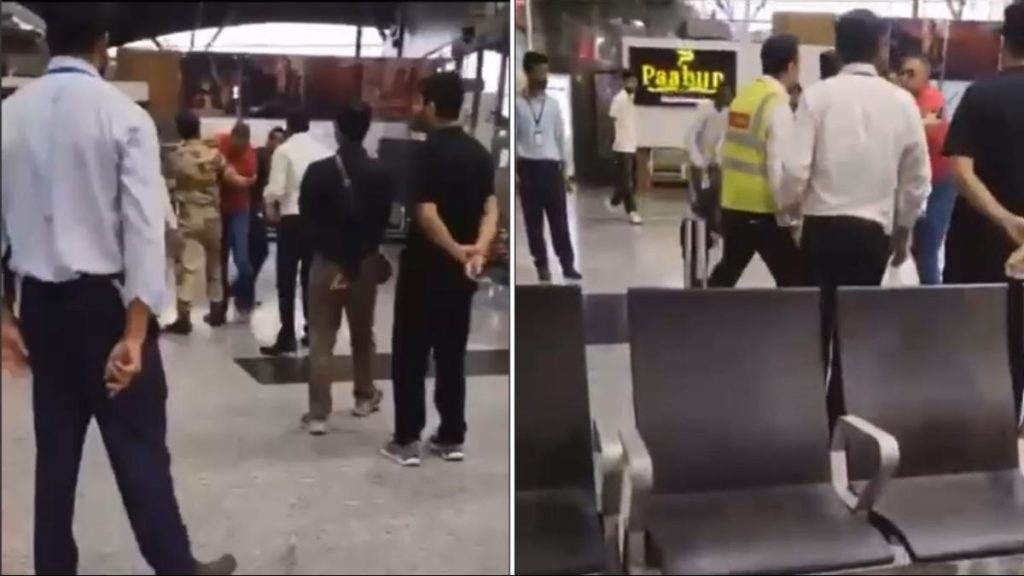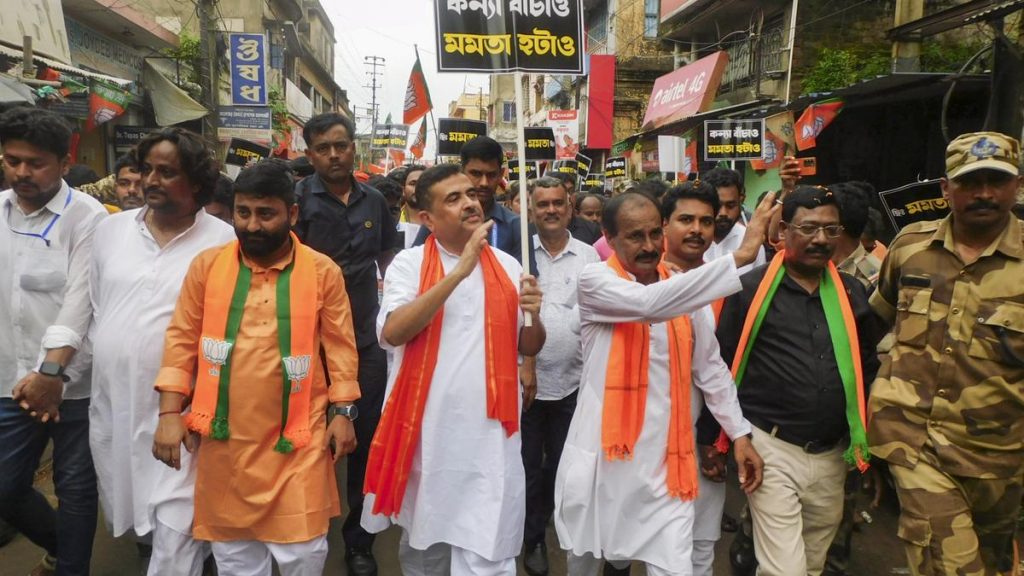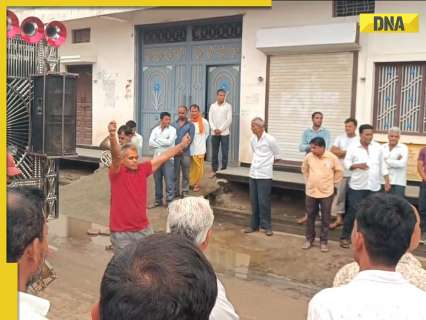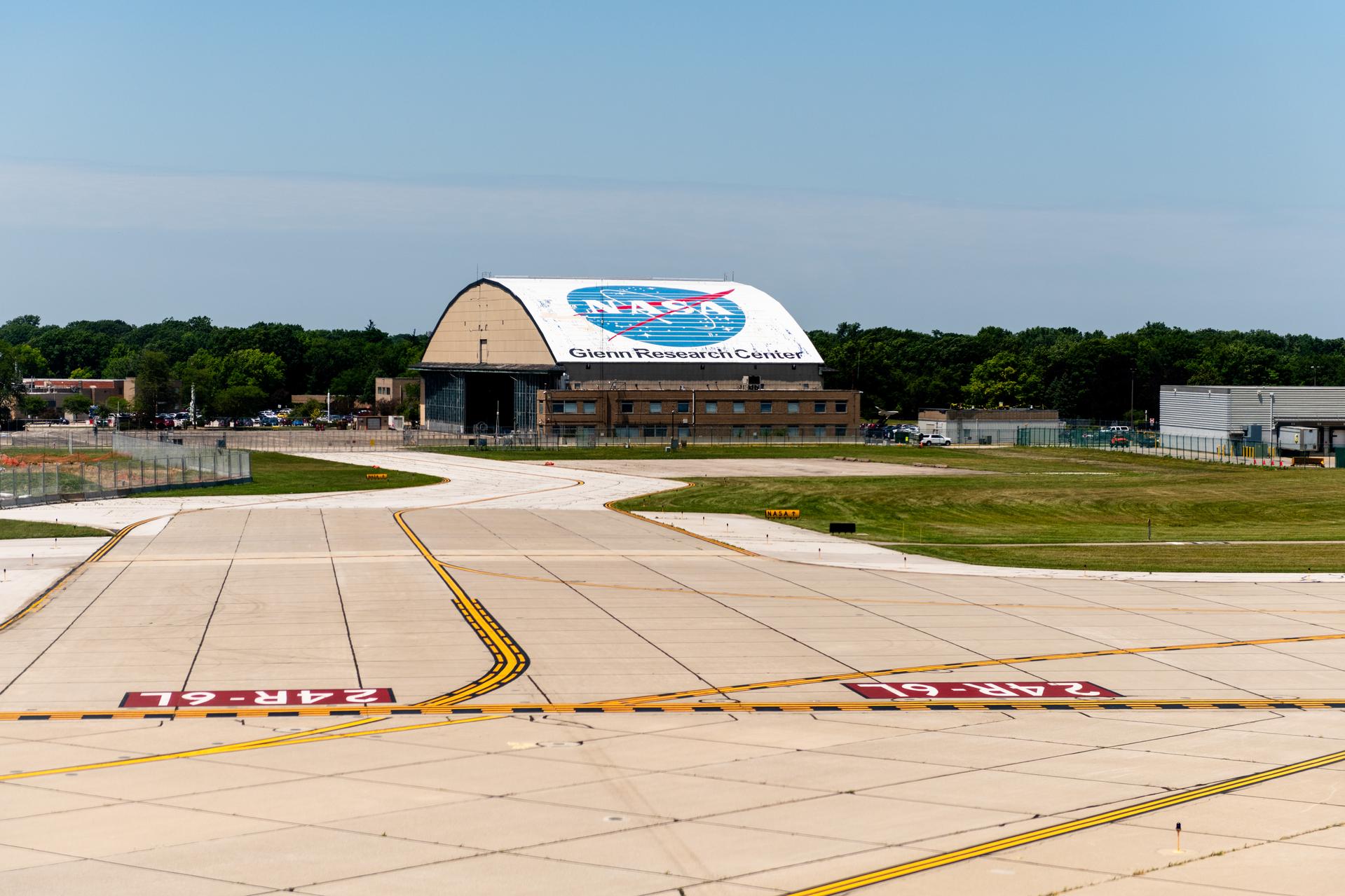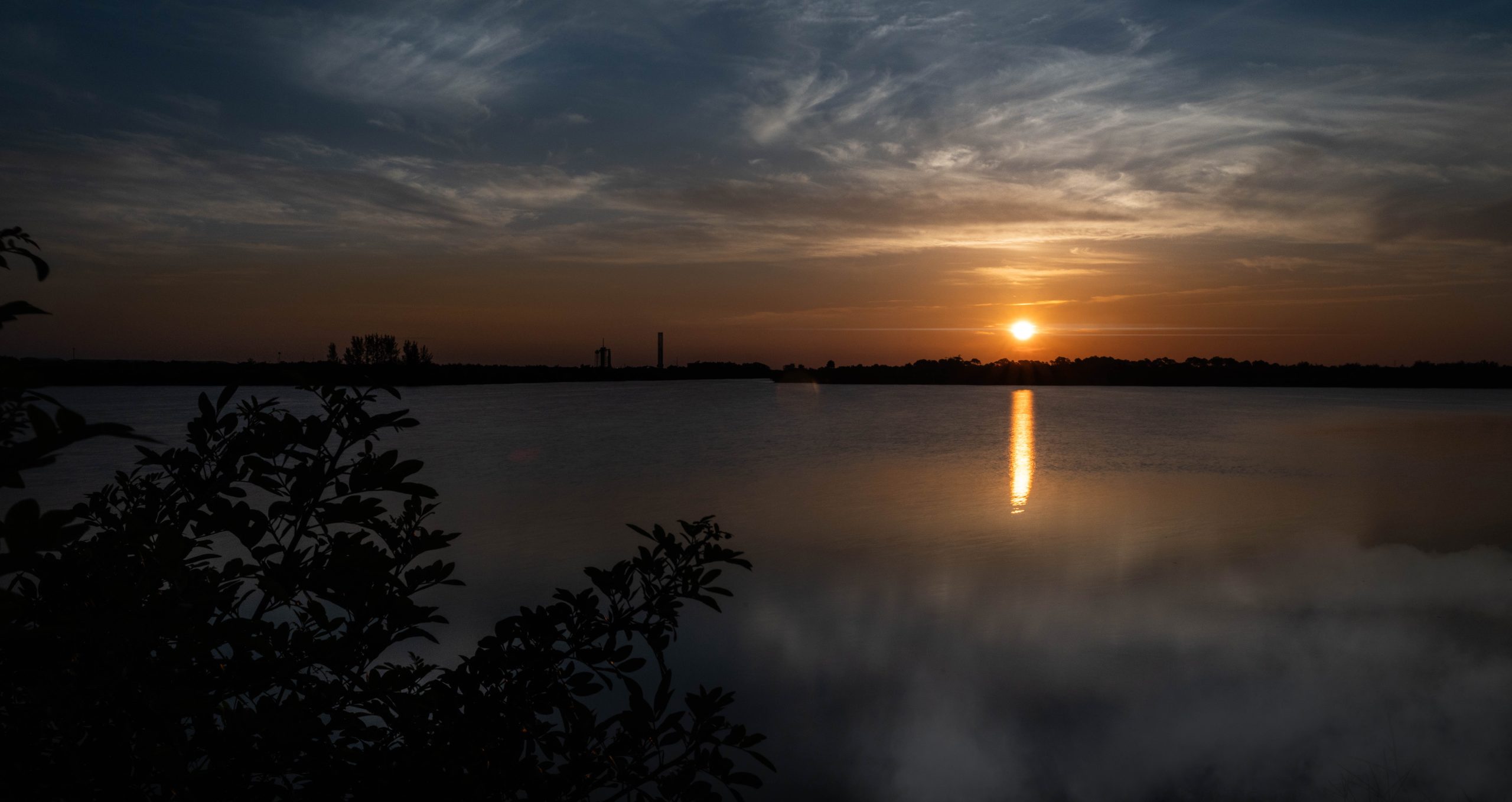Now Reading: NASA Deploys Crucial Sun Shield on Roman Space Telescope
-
01
NASA Deploys Crucial Sun Shield on Roman Space Telescope
NASA Deploys Crucial Sun Shield on Roman Space Telescope
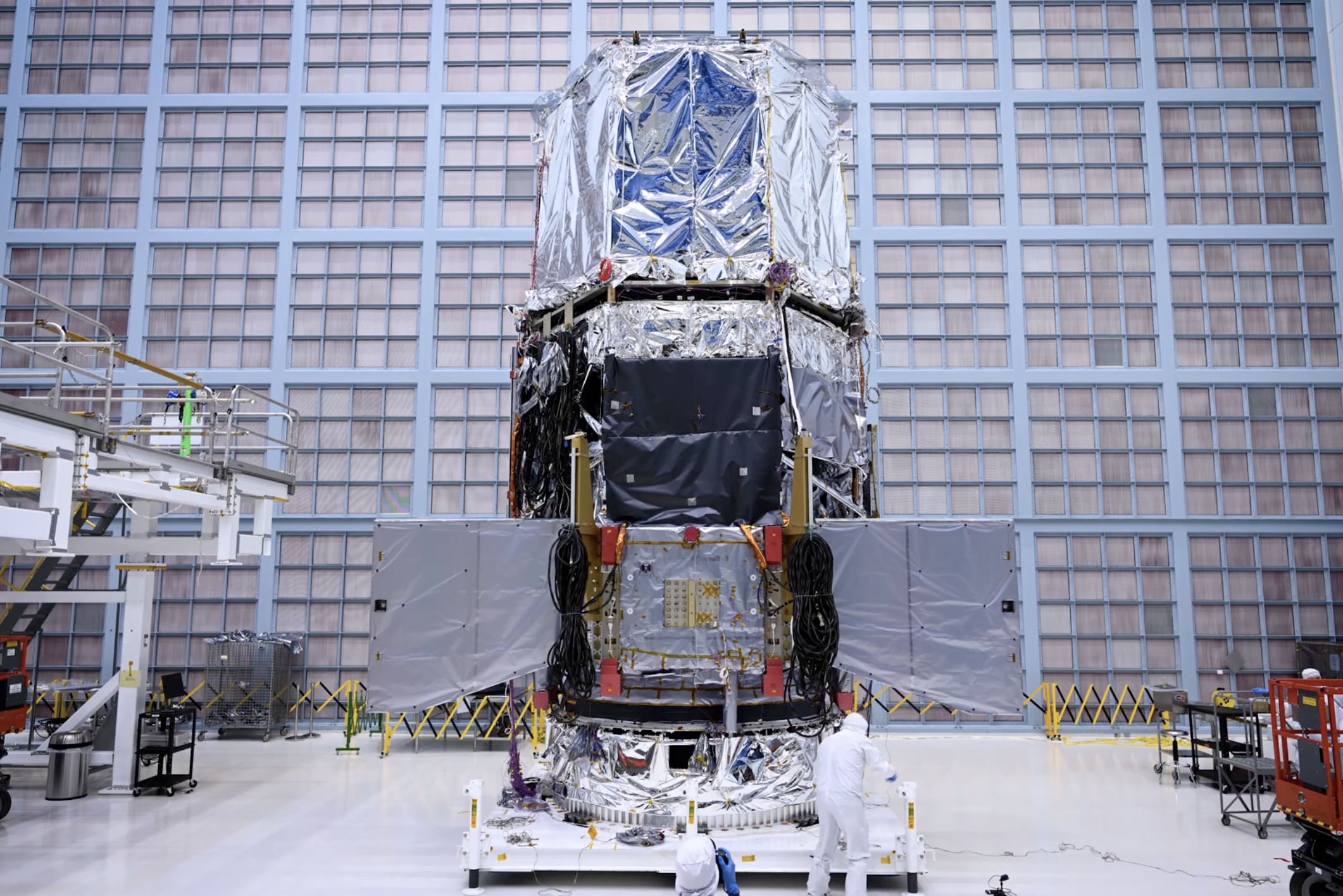
Speedy Summary
- Two sunshields have been successfully installed on NASA’s Nancy Grace Roman Space Telescope. These panels, part of the Lower instrument Sun Shade, will help keep the telescope’s instruments cool and stable during infrared observations.
- The sunshade, designed at NASA Goddard Space Flight Centre, features lightweight yet sturdy aluminum panels about 7 by 7 feet in size and 3 inches thick.
- Each panel uses metal sheets as thin as a credit card with a honeycomb structure to limit heat transfer and is wrapped in specialized polymer film for additional thermal management.
- The actively deployed shade mitigates extreme temperature differences: the front reaches up to 216°F (102°C),while the back is colder than -211°F (-135°C). Deployment takes approximately two minutes after launch using damped mechanisms to prevent vibrations.
- The telescope’s inner segment will undergo a rigorous 70-day thermal vacuum test next to simulate space conditions before final assembly takes place this fall. The launch schedule aims for fall 2026 at the earliest but remains officially set for no later than May 2027.
Indian Opinion Analysis
India has an active interest in space sciences and missions like NASA’s Nancy Grace Roman Space Telescope serve as benchmarks for advancing global astronomical capabilities-particularly within infrared studies that are less accessible due to Earth’s atmosphere. Given india’s ongoing projects such as its Aditya-L1 solar mission or ambitions towards deep-space observation initiatives, learning from cutting-edge engineering approaches like NASA’s advanced sunshield design could offer insights into thermal management challenges on such missions.
Collaboration opportunities might arise between Indian research institutions and international groups involved with similar futuristic telescopes since understanding faint signals from space resonates globally rather than regionally-a notable example being discoveries related to exoplanets or dark energy research that inform universal cosmological inquiry.


